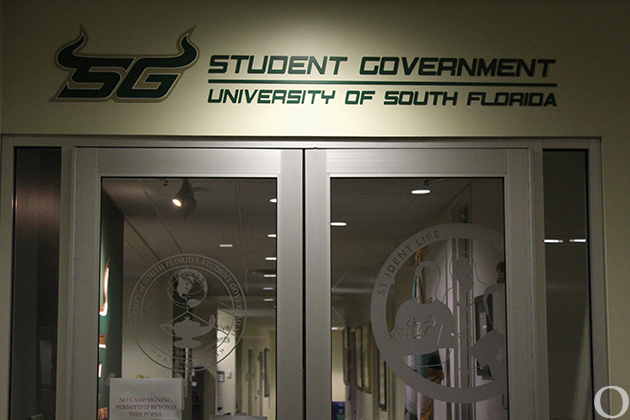3D printing to turn digital into tangible
As technology progresses, the future may soon be limited only by human ingenuity, as modern marvels, such as 3D printing, become more widely available.
Soon, printers could produce full 3D replications of tools, sculptures and even human organs, said Howard Kaplan, a visualization specialist at USF’s Advanced Visualization Center (AVC).
“3D printing is the future,” he said. “Eventually, they’ll be in every household – just like 2D paper printers.”
Kaplan spoke to several students and faculty members Wednesday afternoon, leading the first part of a monthly discussion series about the application and accessibility of 3D printing for academics and students.
As 3D printing technology becomes cheaper and more available, Kaplan said he is optimistic how it will make digital ideas into a tangible reality.
“We’re looking at getting more scanners for the fall semester,” Kaplan said. “We do have to budget, so we can’t buy $100,000 equipment- but the cost of 3D printing and scanning has gone way down.”
Though a student’s daily free printing allowance (such as that for paper printing in the Library) doesn’t cover the cost, students can request prints from the AVC. According to the AVC website, USF has three different available 3D printers and scanners, which can print in a variety of colors.
Kaplan displayed several items at Wednesday event, which he said could have applications ranging from research to household use, such as life-size organs and a toothbrush that took on the natural form of the human oral cavity.
Picking up a 3D rendered heart, Kaplan explained how 3D printing could be used in the medical to help facilitate a better understanding of the human body.
“You can obtain details that 2D printing can’t provide,” he said.
Then holding the 3D replication of a platypus skull, he explained how it was rendered from a CT scan of the original, damaged skull. He also showed a 3D rendering of a Neanderthal’s skull, which he said could be applied to facial reconstruction. Everything Kaplan presented had been created on campus for USF research.
The AVC website advertise prices for students during regular business hours, ranging from $2 per print to $13 per print for 3D printing approved by the AVC. The AVC also provides training on the printing and visualization software for education and research.
Matthew Wedebrock, a junior majoring in computer science, designs virtual objects for the 3D printer to produce for research on campus.
“I work with geology a lot and they’ll bring in thousands of data points and say ‘find a way to bring this into simulation so we can see it,'” he said. “The other day we printed a 3D model of a human body – everything except the legs.”
Despite the designs existing in a digital reality, Wedebrock said his work gives him hands-on experience.
Although 3D printing is still not user friendly, Kaplan foresees a near future when any student can be familiar with the technology. He said the main goal of his presentation is to familiarize students with technology that’s rapidly becoming available.





